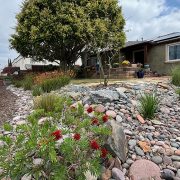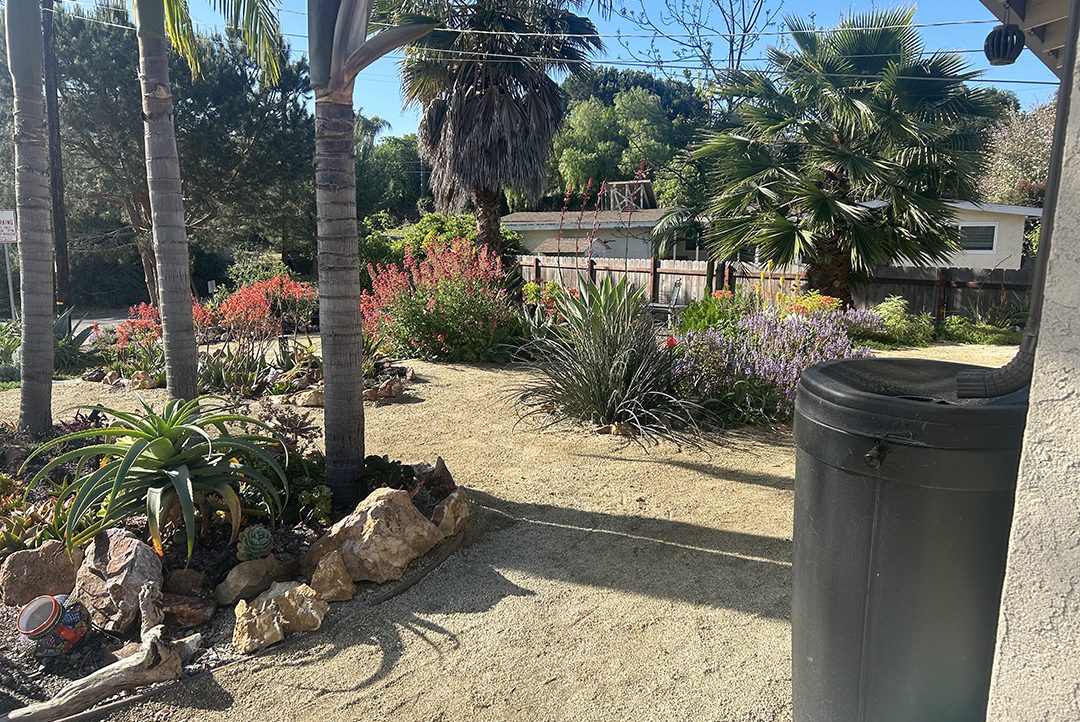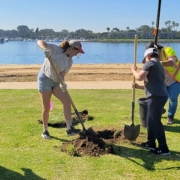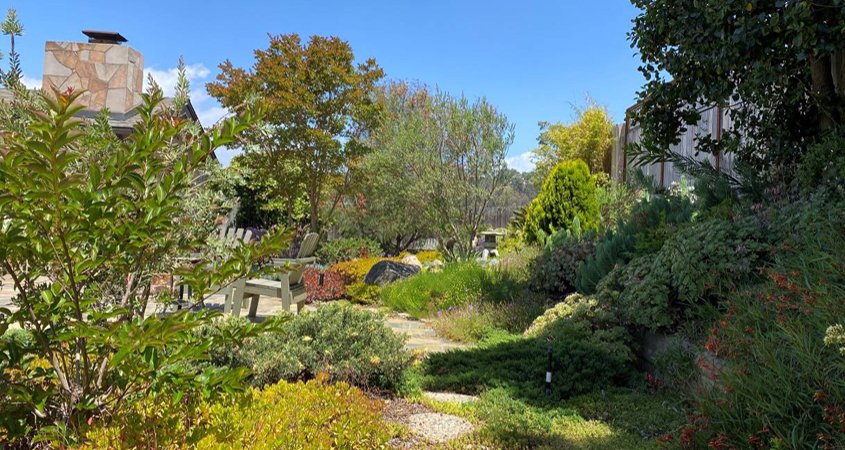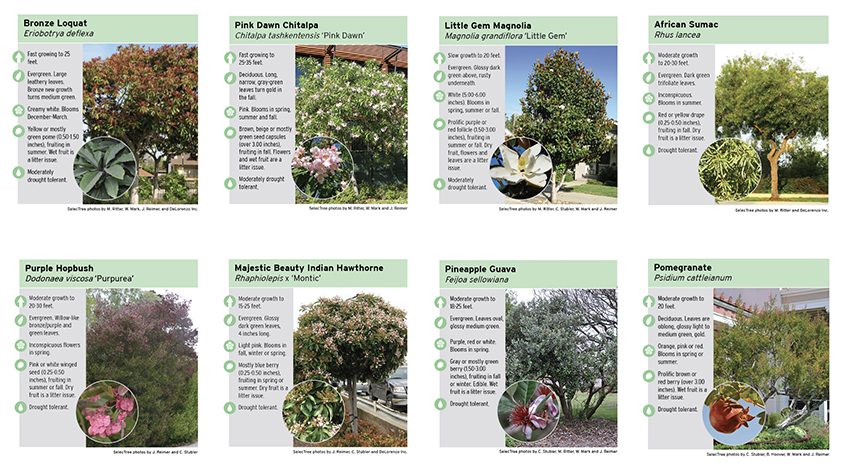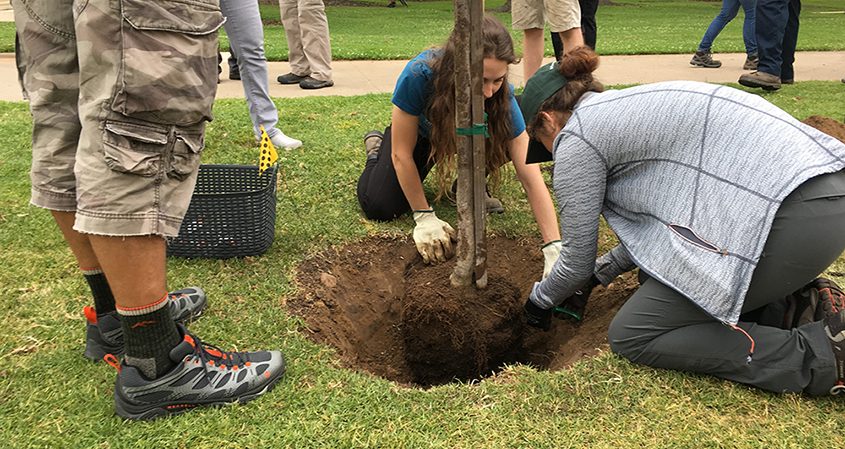Beautiful Habitat Named Sweetwater Authority Landscape Makeover Winner
Laura and Jaime Cervantes knew they wanted to conserve water but still wanted a functional and eye-catching design for their landscape.
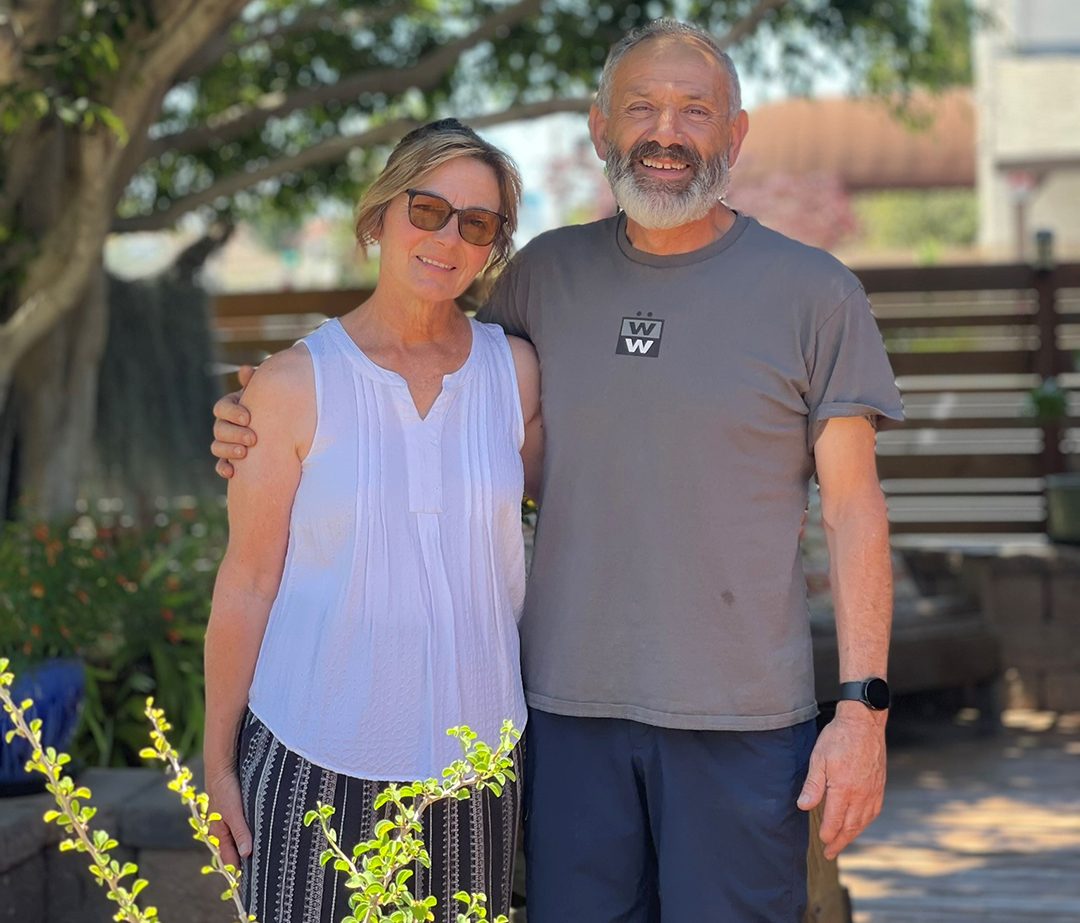
Laura and Jaime Cervantes invested careful planning and hands-on work in their landscape makeover project. Photo: Sweetwater Authority
The transformation from thirsty turf to a beautiful habitat is the 2024 Sweetwater Authority Landscape Contest winner.
The regional WaterSmart Landscape Contest allows residential water agency customers to showcase their waterwise landscapes. Customers submit applications to their respective water agencies, and each agency selects a landscape that best meets the elements of waterwise landscaping. These elements include:
- Overall attractiveness
- Appropriate plant selection and maintenance
- Design
- Efficient irrigation methods
Patient Planning and Prep Pays Off
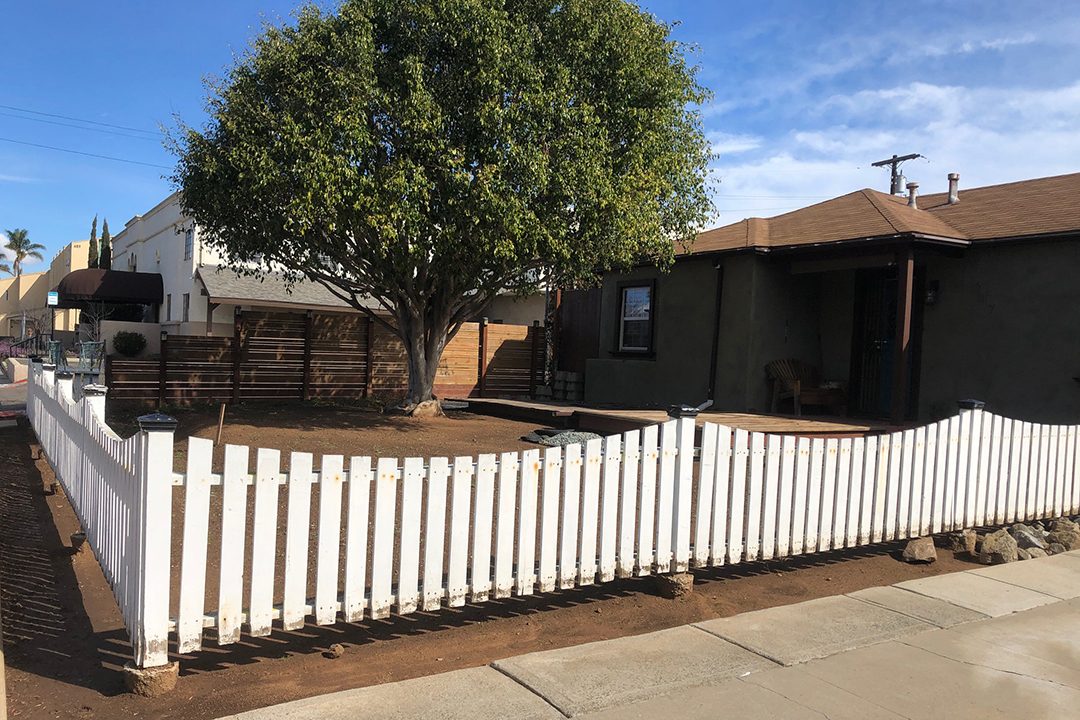
The front yard before its makeover. Photo: Sweetwater Authority
They planned and worked hard to eventually transform their front yard from thirsty turf into a space that not only required little water but also provided beauty and habitat.
“This rationale behind our landscape project was a no-brainer: we live in a desert, we need to conserve water, and we wanted a functional yet eye-catching design, said Laura and Jaime Cervantes.
“Although we’ve lived in our house for 11 years, it took us a long time to save up for and to plan our ideas, but we finally completed everything about two years ago.”
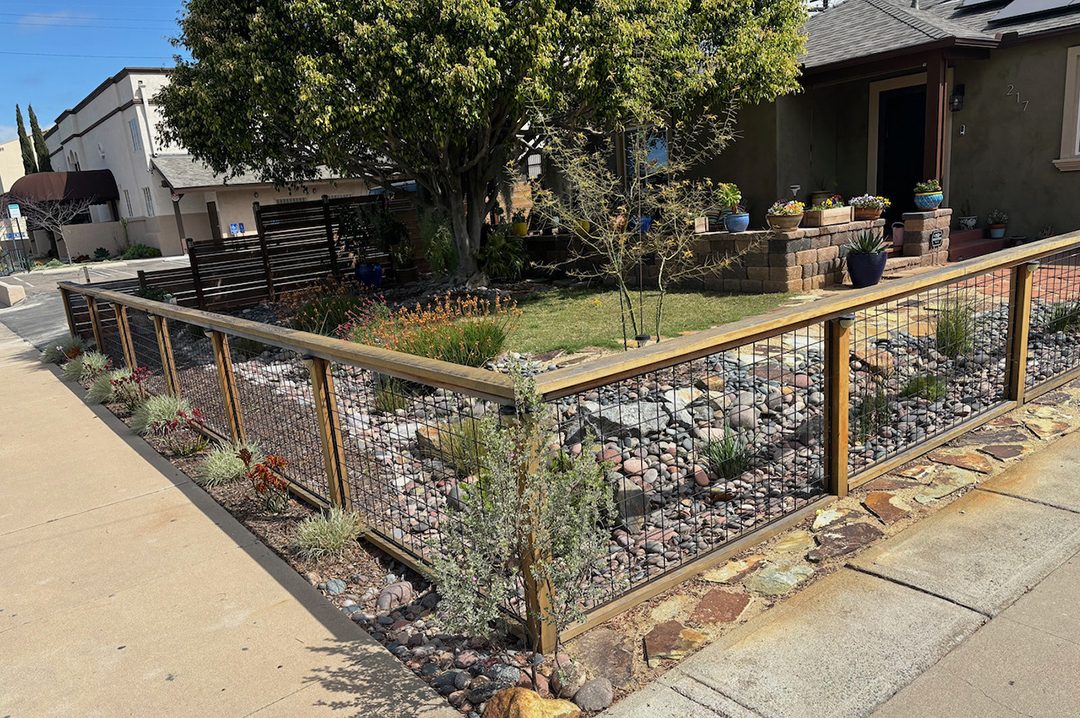
The completed landscape makeover. Photo: Sweetwater Authority
The transformed landscape includes low-water use plants such as Kangaroo Paw, Orange Bulbine, and Coral Pink Sage, along with various succulents. The yard also features a beautiful Palo Verde tree, which provides nice shade.
Plant Selection Drives Design Choices
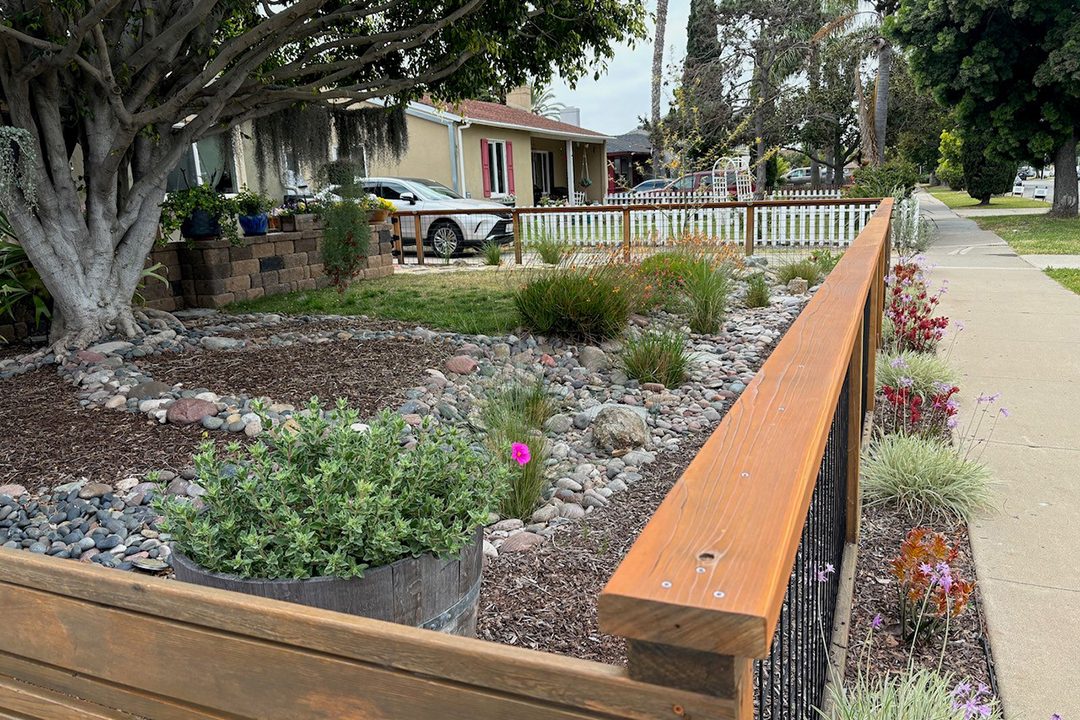
A winding dry riverbed retains water overflow from numerous rain barrels. Photo: Sweetwater Authority
The Cervantes family had a large front yard for their canvas, composed mainly of old turf.
“We transformed it by replacing the old turf with a much smaller area of drought-tolerant Bermuda grass,” they explained. “We wanted plants that not only require little water but also provide beauty and habitat.”
The new walkway was created from flagstone and decomposed granite. A winding dry riverbed retains water overflow from numerous rain barrels.
A new fence allows views of the new landscape both inside and outside to complete the picture. It also acts as a graffiti deterrent due to the hog wire and wood construction.
Unexpected Benefits From Landscape Makeover

Colorful containers and plant choices highlight the new front yard. Photo: Sweetwater Authority
The Cervantes irrigate their yard using rainwater captured from their 14 rain barrels. They water by hand to get out into the sunshine and enjoy the beauty of their landscape. “We have no automated system – I like to get out in the yard and in the sunshine, so watering by hand is something I really enjoy,” said Laura Cervantes.
The winners reported an unexpected and pleasant outcome of their new yard from the nice comments and conversations it elicited from people walking by.
“It is a great feeling to not only add beauty to our neighborhood but also to know that we are able to contribute in our own small way towards being good stewards of the environment,” said Laura and Jaime Cervantes.

